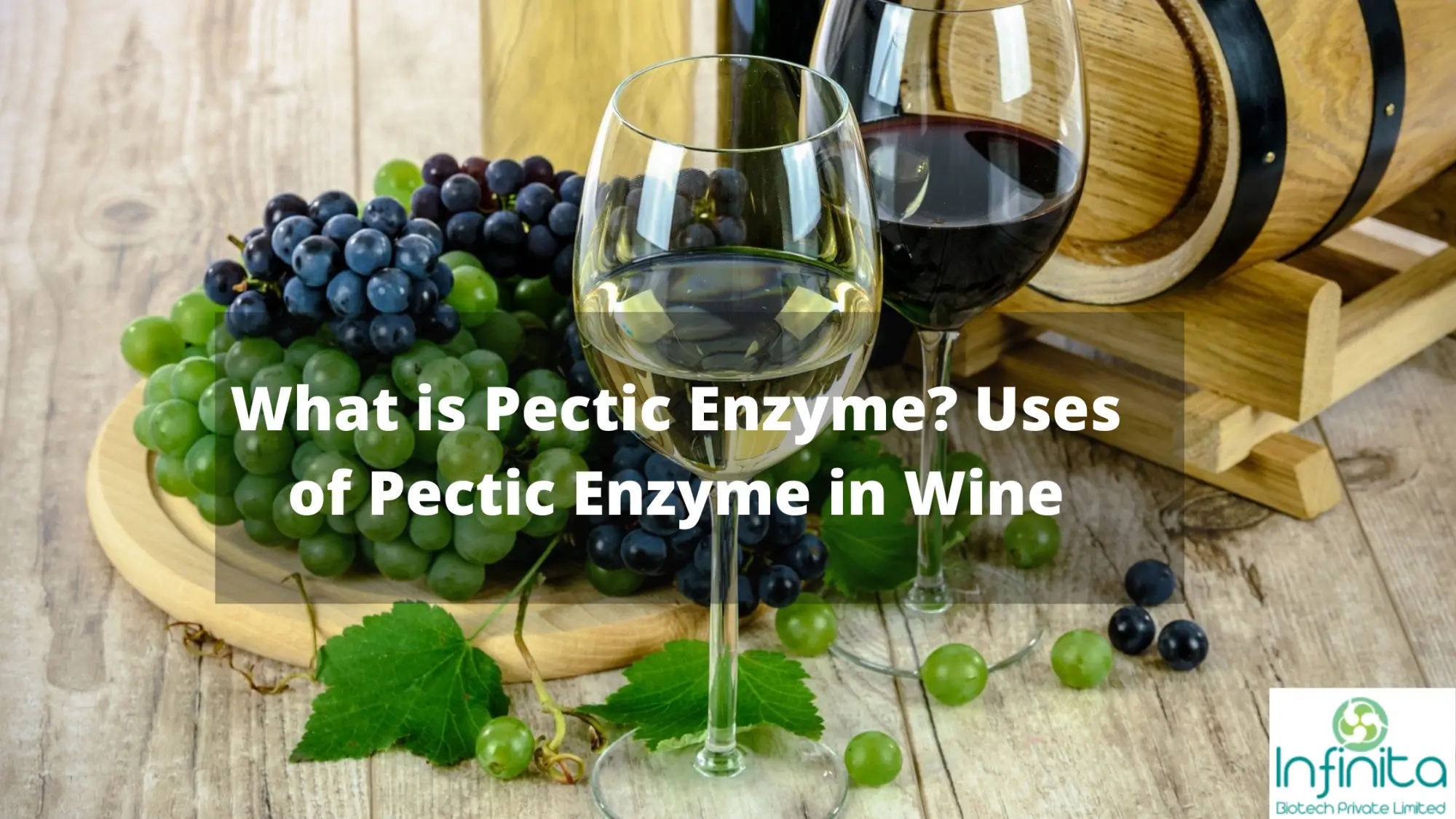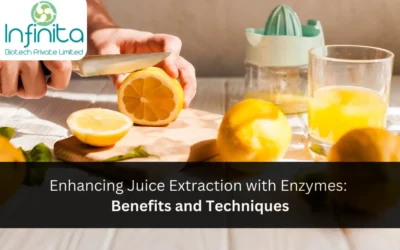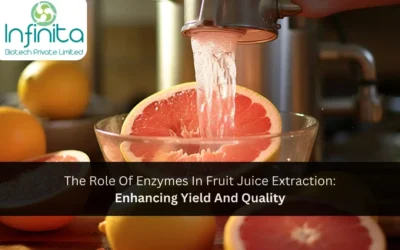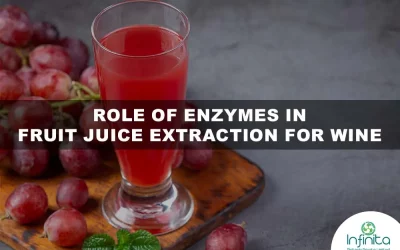Pectic Enzymes- A Brief Overview
Pectins are natural polysaccharides found between the primary and secondary cell walls of fruits and plants. These jelly-like substances act as glue and hold plant cells together thus providing structure and rigidity to the plants and fruits. Pectic enzymes break down this pectin.
During winemaking, pectins cloud the wine and make it hazy. This adversely affects wine quality and results in a low retail value of wine unless the haziness is removed. Pectic enzymes for wine break down pectins thus preventing pectin haze and also lead to increased juice yield during grape pressing and also helps in releasing aromatic and color constituents of grapes which result in improved aroma and better color of the wine. Pectic enzymes are most important for making great wine.
Pectic Enzymes-Harvesting and Production
Pectic enzymes are found naturally in fruits, plants, bacteria, and fungus. Pectic enzymes for wine making are mainly harvested through industrial bacterial fermentation using Aspergillus Niger bacteria and from fungus. The pectic enzymes harvested from these sources work particularly well in breaking down pectin even in an adverse and harsh environment like fermentation.
Commercially pectic enzymes are available in both powder and liquid form. Commercial pectic enzymes were first used during the sixties and came in strength of 5 to 10 ADJU’s. Now the pectic enzymes come in strength of 15,000 or more ADJU’s. By ADJU’s we mean “Apple Juice Depectinization Units”, a type of potency or strength of enzyme.
Types and Functions of Pectic Enzymes
Pectic Enzymes are used for different functions in winemaking. These can work on specific functions, or be formulated and used for multiple functions during the winemaking process. Let us look into the different types and functions of pectic enzymes.
a. Clarifying Enzymes
Primary function of Pectic enzymes in wine making is for clarification. This makes the clarification process faster and helps to save time before fermentation.
b. Macerating Enzymes
Macerating enzymes clears the pectic haze and also help in getting a brighter and fuller juice or wine color. These are used in the initial stages of winemaking during pressing as they are effective during the period of skin contact.
c. Aromatic Enzymes
Aromatic pectic enzymes release the bindings and thus increase the aromatic potential of monoterpenes. These enzymes work best with grape varieties having high monoterpene levels like Gewurztraminer, Chenin Blanc, Riesling, and Viognier.
Some Precautions While Making Pectic Enzyme Wine
Take these precautions before using pectic enzymes for wine.
a. Mix the enzymes before starting fermentation to work on the fruits and break down the pectin from the skins.
b. High alcohol concentration and high temperature of wine adversely affect the pectic enzymes’ ability to work on and break down pectin. This also results in high methanol levels in the wine which if taken in high quantities are bad for health.
c. Pectic enzymes accelerate the maturation of finished wines. When aging the wine ensures it isn’t over matured before bottling. Otherwise, the wine will be flat and become sharp and vinegary.
d. Enzymes should be stored at -1 to 4 degrees Celsius temperatures. At this temperature, liquid enzymes will only lose their viability by 3 to 5 percent per year. At ambient temperatures between 15 to 25 degrees Celsius, they lose their viability by 20 to 30 percent per year.
e. Enzymes in powder form are more stable with losing only 1 to 2 percent viability per year. But some people may develop respiratory issues if they inhale the powder form.
Useful Effects of Pectic Enzymes in Winemaking
Pectic enzymes for wine making produce the following beneficial effects.
a. Juice yield during pressing increases by as much as 10 percent.
b. Results in the brighter color of wine when added to crushed grapes, especially white wines.
c. Macerating pectic enzymes provide much better color to red wines.
d. Enzymes treated wines mature faster and filter better.
e. Enzyme treated wines have fewer problems related to foaming.
f. Most enzymes are not affected by the usual SO2 levels found in wines and work over the range of pH2.5 to pH5.5.
Conclusion
Pectic enzymes are now widely used for effective winemaking. These help in getting a larger yield of wine having better and brighter color along with clearing the pectin haze. Their use has come a long way since their initial introduction during the sixties.





